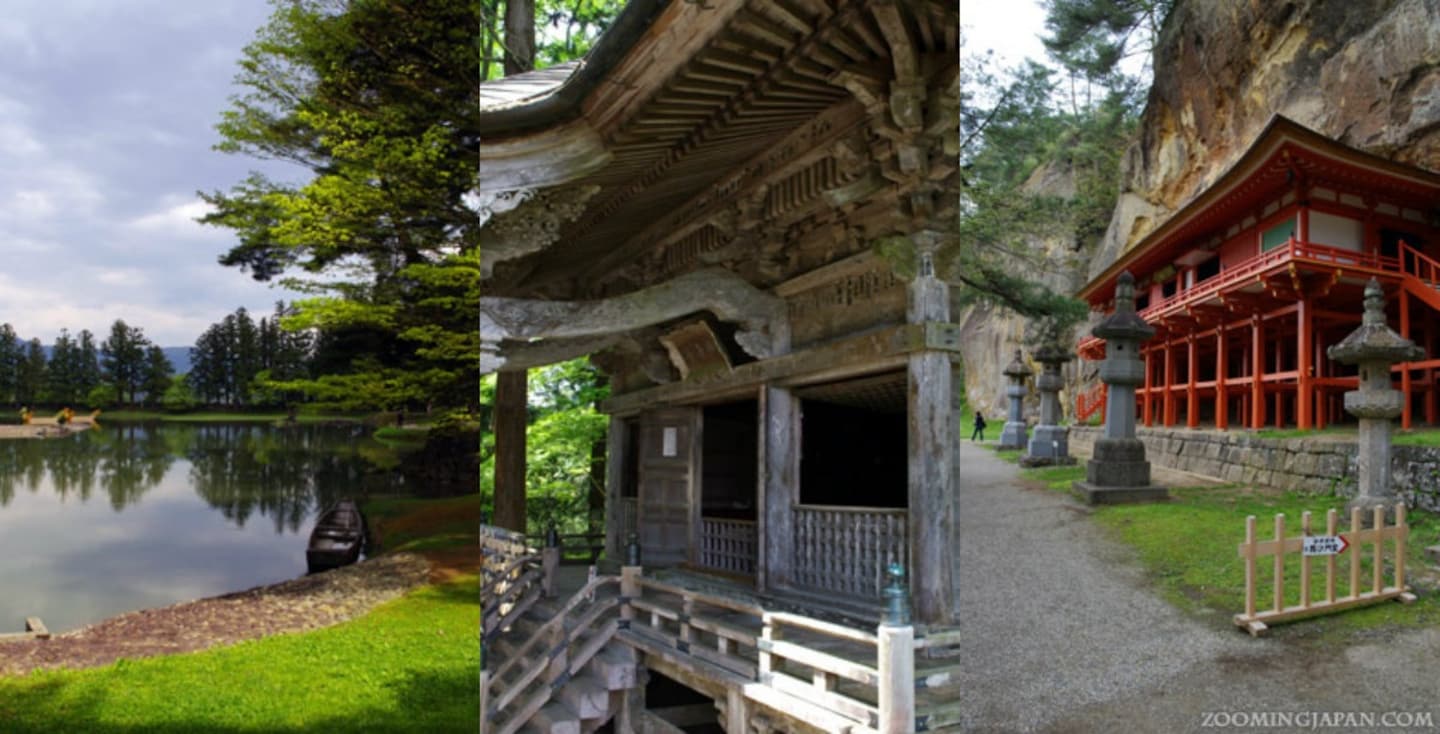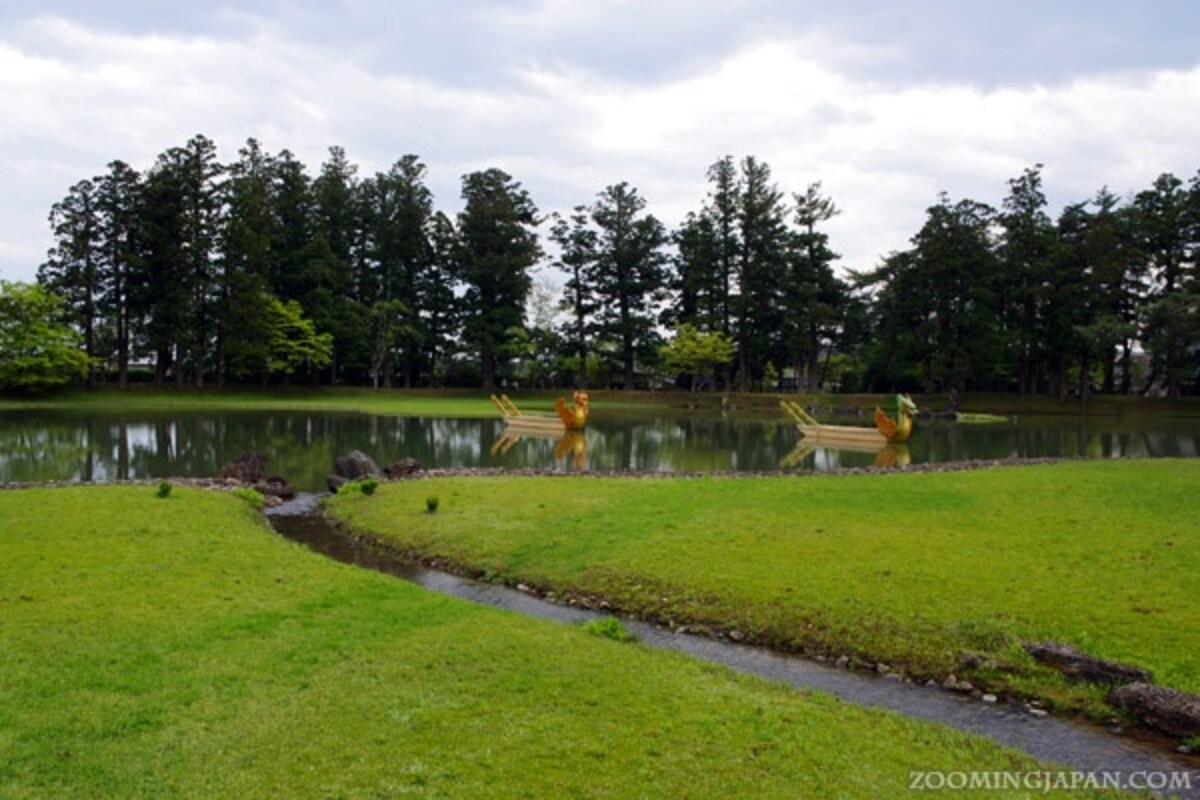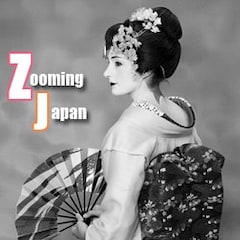Hit 3 Sites in Hiraizumi in Just One Day!
In 2011, five sites sacred to Iwate Prefuecture were registered as UNESCO World Heritage Sites. Listed under the lengthy title, Hiraizumi—Temples, Gardens and Archaeological Sites Representing the Buddhist Pure Land, these temples and gardens represented an attempt to create an ideal world on Earth. Here's how you can hit a few of them in one day!
By Zooming Japan1. Chuson-ji Temple
Chuson-ji Temple can easily be accessed by bus from Hiraizumi Station on the Tohoku Main Line—or you can just rent a bike! A central feature of the UNESCO World Heritage listing in 2011, temple records state that it was founded by the monk Ennin in the year 850, and it was moved to its current site by Fujiwara no Kiyohira around 1100.
Dating back to 1124, the temple's Konjikido, or Golden Hall, stands as the only remaining structure from the Fujiwara era, as much of the complex was destroyed by fire in 1337. Dedicated to Amida Nyorai (the Buddha of Infinite Light), the interior is covered with gold leaf and filled with golden statues—all of which, sadly, cannot be photographed.
2. Motsu-ji Temple
From Chuson-ji Temple, just take the same bus, but going back toward JR Hiraizumi Station to get to Motsu-ji Temple, another site included in the UNESCO listing for Hiraizumi. While it's 7 minutes by bus from Chuson-ji, if you want to head there straight from the station, it's just 3 minutes by bus—so you could even walk!
While Motsu-ji once comprised a huge complex of more than 40 halls and pagodas, all that remains now is the Pure Land Garden, with the rest lying in ruins. The garden is centered on Oizumi-ga-Ike Pond, which dates back to the Heian Period (794-1185). It was constructed under principles prescribed by the Sakuteiki (Records of Garden Making), which dates back to the 11th century, making it likely the oldest garden-planning text in the world.
3. Takkoku no Iwaya
While not part of the UNESCO listing, Takkoku no Iwaya is an absolutely breathtaking temple that's literally built into the side of a mountain. It's easily accessible by a bus from Hiraizumi Station or from Motsu-ji Temple, although the bus only runs from April through November and then doesn't run at all during the winter.
The Bishamon Hall was created in the year 801 by Sakanoue no Tamuramaro as a tribute to thank Bishamon (the god of war) after Tamuramaro defeated the formidable chief of the Emishi people, Akuro. There were once 108 statues of Bishamonten, the Guardian of the North, set up in the hall, and though only 33 remain today, people congregate here in order to pray for their protection. There's even a Buddha statue hidden away in the back of the temple that's only on public display on very rare occasions. This temple is definitely a hidden gem in the Japanese countryside!







